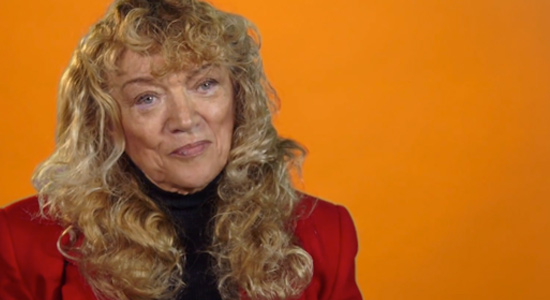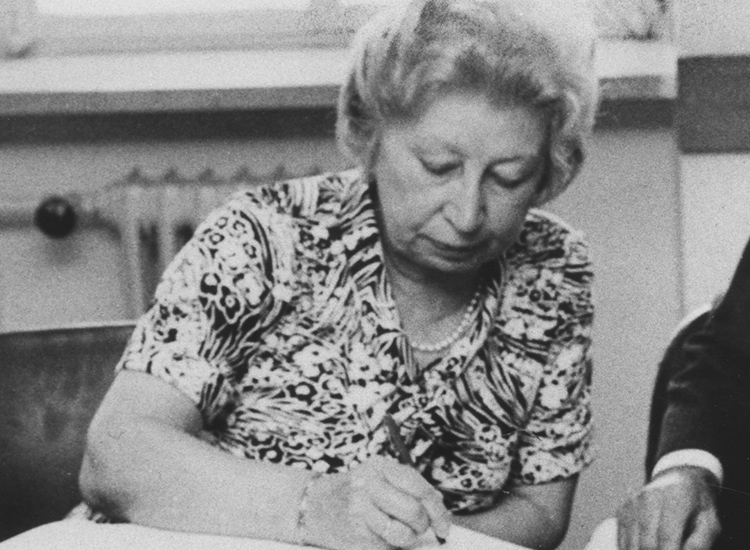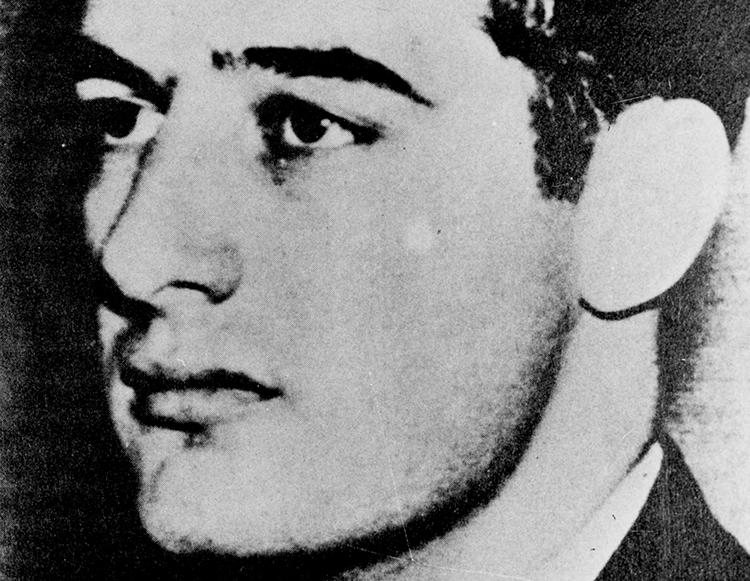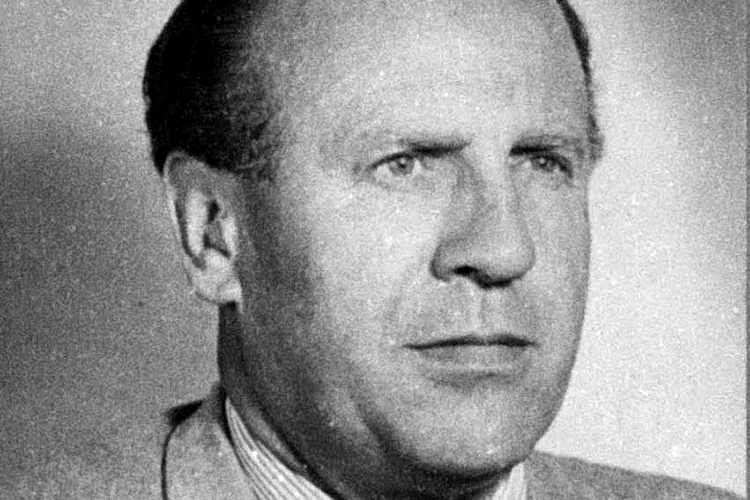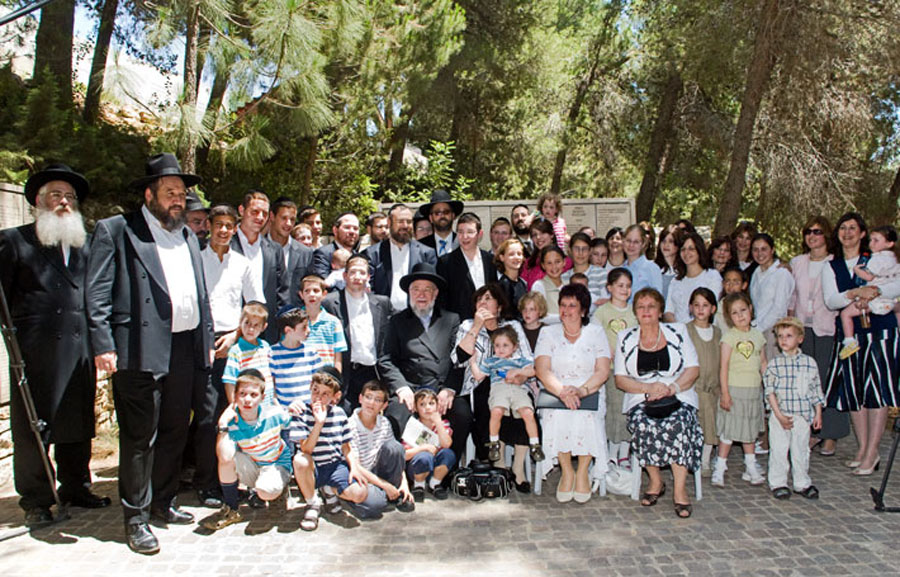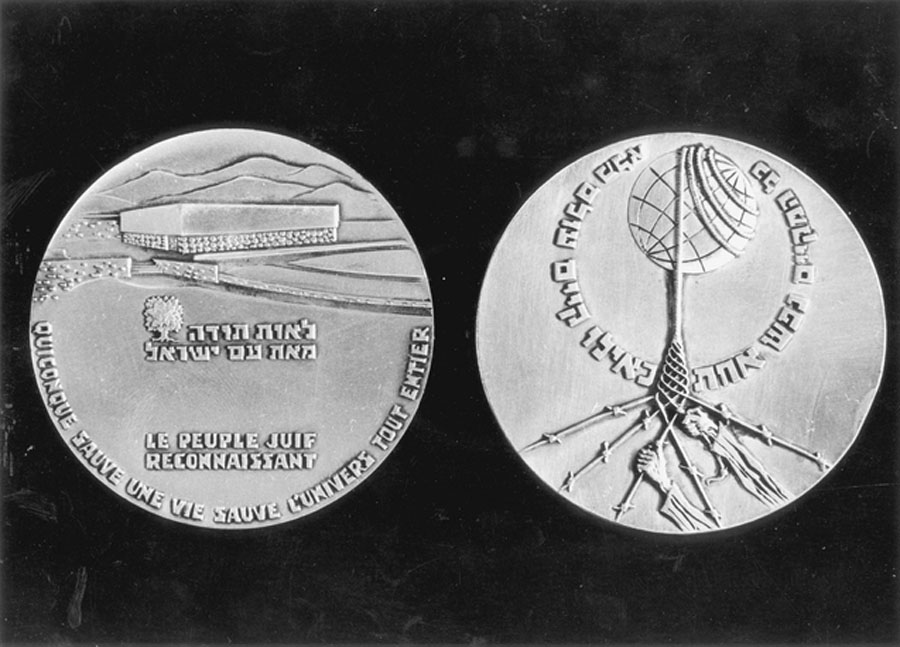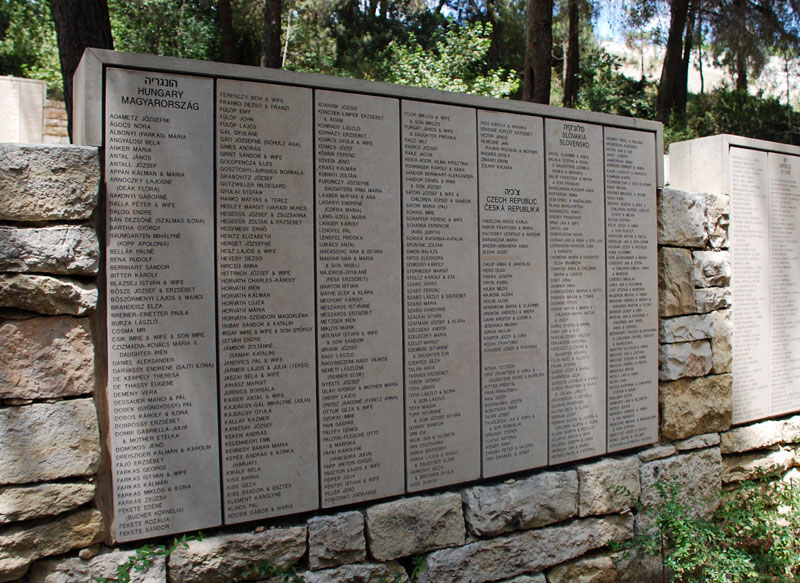|
Unit 3: Prejudice and Discrimination
Chapter 1: Rescuers and Heroes
 |
||||||||||||||
Educator Tools
|
| Statement | Reason |
|---|---|
| Young people are more likely to become rescuers than older people. | |
| Women are more compassionate and are more likely to become rescuers. | |
| Religious people are more likely to become rescuers. | |
| People with more education are more likely to become rescuers than people with less education. | |
| People who are rich or powerful are less likely to become rescuers than people with less wealth and power. | |
| People who are politically involved are more likely to become rescuers than those who are not involved in politics. |
Testing your assumptions
B. Working in groups, you will now have the opportunity to test your suppositions using the information in the profiles of the following rescuers:
Raoul Wallenberg
Pierre Marie-Benoit
Selahattin Ulkume
Each member of the group selects one of these names.
iSearch
Click on the link, and under the heading rescuers, find the profile of the person you have chosen to research. As you read the profile, refer to the assumptions you made earlier and determine the veracity of your assumptions.
Share your findings with the group and explain why some people changed from bystanders to rescuers. Post your sentences on chart paper and share your thoughts with the class.
C. Using the same website, read four or five more profiles of rescuers. Refer to the statements that your group posted earlier. After reading the additional profiles, discuss and change or amend your group statement if necessary. Use a different colour to make the changes to your original statement.
Unexpected findings
From the archives of profiles and from the words of rescuers, we know they came from all classes, all levels of education, all social classes, all religions, and all nationalities. Some historians argue that the rescuers acted from a political desire to act against the Nazis. Others felt the rescuers were by nature independent thinkers. Still others argue that rescuers had strong Christian faith and a moral impulse to rescue people from harm. Rescuers, of all profiles, were people who recognized that the persecuted were fellow human beings and because of this perception they felt obliged to act.
ACTION 3
Do
Besa: A Code of Honour
Muslim Albanians Who Rescued Jews During the Holocaust
“There is no trace of any discrimination against Jews in Albania, because Albania happens to be one of the rare lands in Europe today where religious prejudice and hate do not exist, even though Albanians themselves are divided into three faiths.”
– Herman Bernstein, the United States Ambassador to Albania, 1934
Before the Second World War, there were approximately 200 Jews living in Albania, a country consisting mainly of Muslims and Christians. The rescue of Jews by Albanians is notable due to its scale and because they rescued not only Albanian Jews, but all those seeking refuge from the late 1930s up until the Allies defeated the Nazis.
Thousands of Jews were smuggled into Albania by Albanians outside the borders, primarily in Kosovo. Having survived centuries of invasion, occupation, expulsion, and even genocide themselves, religious and ethnic tolerance is part of Albania’s history. The moral code of Besa teaches tolerance and compassion, linking honour to respect and equality. Albania is probably the only Nazi-occupied country that had more Jews after the Holocaust than before.
The Albanian example of empathy, tolerance, and courage should be remembered by people around the world.
Read about Besa
Watch the trailer of Besa The Promise
Additional Rescuers
Albert Göring – brother of Hermann Göring who rescued dozens of Jews
Irena Sendler – a Polish Catholic nurse who saved 2,500 Jewish children from the Warsaw ghetto
Sempo Sugihara – a Japanese diplomat in Lithuania who issued 2,140 travel visas to Jews
Think
Imagine what kinds of challenges rescuers had to confront:
- grappling with the decision to help
- limited space available for everyone
- limited resources to support everyone in hiding
- stress of risking death for your actions
- stress of keeping the secret
- discord/disagreement within your own family over the decision
- fear of being caught
There are also some exceptional ways in which rescuers are honoured. The Israeli Government can decide to declare a rescuer a citizen of Israel. Rescuers who have fallen on hard times are provided with monthly support from the government of Israel and they receive funds to pay for their medications if they become ill. Oskar Schindler became a citizen of Israel and chose to be buried there.
A King with Empathy
Danish citizens rescued 7,000 Jews in Denmark. The king of Denmark, Christian X, and the heads of the Danish churches all denounced the persecution of Danish Jews. When the German forces in Denmark began deporting Jews, Danish resistance groups intercepted the information, and warned the Jews of Denmark. Danish civilians rescued the country’s Jewish population by paying fishermen to smuggle them to Sweden in their boats. The Swedish government announced it would accept all refugees from Denmark.
ACTION 4
Do
In groups of four or five, your task is to design a meaningful way in which Canadians can honour those who take significant personal risks to save the lives of others.
- Create a name for the Rescuer Award.
- Decide how the rescuers who receive this Rescuer Award will be honoured.
- Establish 4 or 5 Criteria for receiving the Rescuer Award.
- Create a nomination form that will allow Canadians to recommend rescuers for the award. Provide some examples of Canadians who you believe would be eligible for the Rescuer Award.
- Design a concrete object that rescuers will receive to take home. This could be a certificate, a statue, a picture, a poem, or any other object you feel would be suitable recognition.
- Display your Rescuer Award in your school or in your school newsletter.
Further Reading
Jenna Blum, Those Who Save Us, 2005
Trudy, a history professor collects oral histories of WWII survivors, including that of her aged German mother. Throughout the book are interviews with German immigrants, many of whom reveal unabashed antisemitism.
Mark Klempner, The Heart Has Reasons: Holocaust Rescuers and their Stories of Courage, 2006
The ten Dutch people profiled in this book provide an in-depth look into the hearts and minds of Holocaust rescuers who saved the lives of thousands of Jewish children during the Nazi occupation of Holland.
Janusz Korczak, Ghetto Diary, 2003
Korczak, a paediatrician and well-known author, gave up a brilliant medical career to devote himself to the orphans of Warsaw.
Leon Lyson, The Boy on the Wooden Box. How the Impossible Became Impossible,2013
As one of the youngest members of Schindler’s list, Leyson offers a perspective of the righteous hero in this memoir.
Doreen Rappaport, Beyond Courage: The Untold Story of Jewish Resistance during the Holocaust, 2012
The author presents 21 true stories of defiance and heroism in Nazi-occupied Europe.
Every effort has been made to gain permission from copyright holders to reproduce borrowed material. The publishers apologize for any errors and will be pleased to rectify them in subsequent reprints and website programming
Educator Tools

